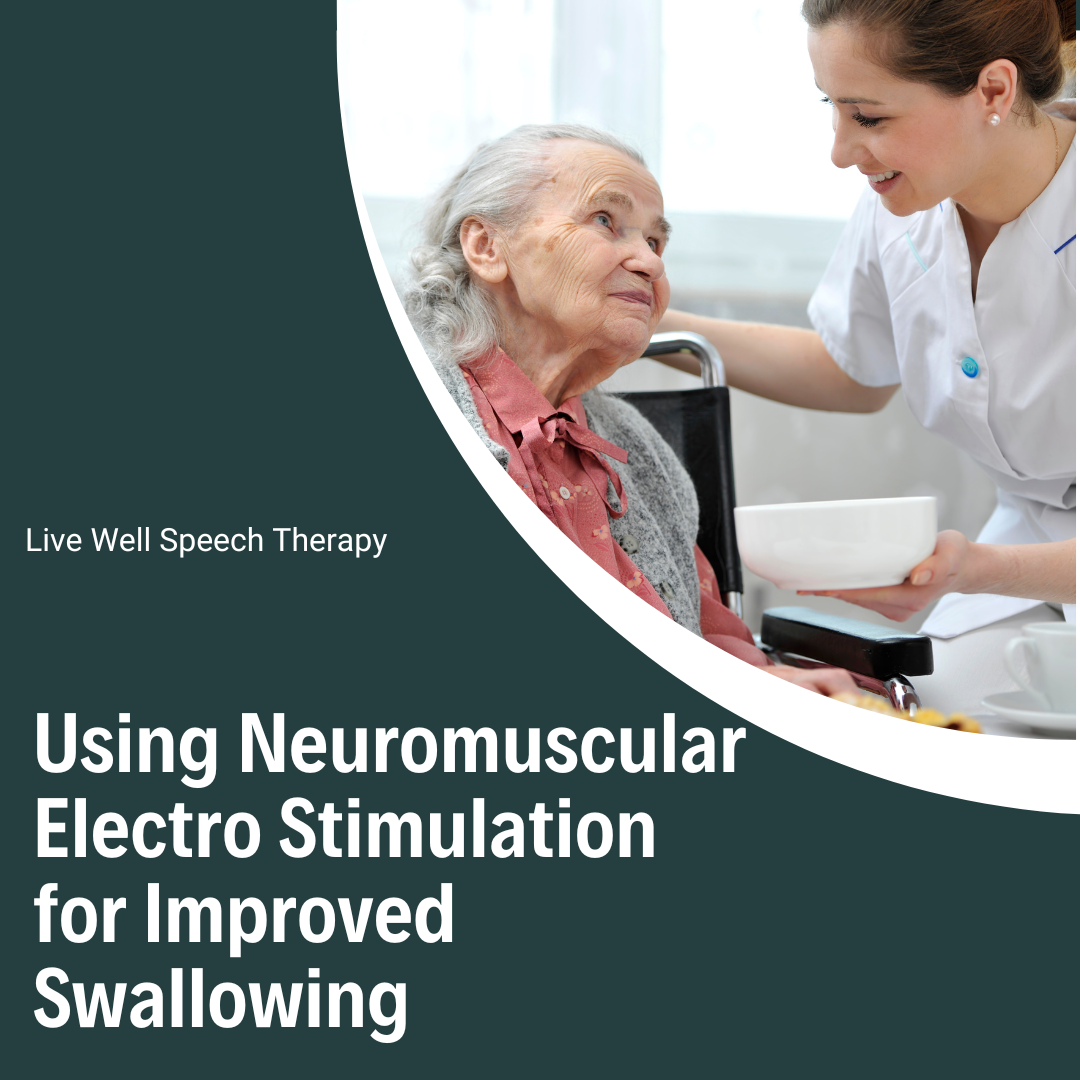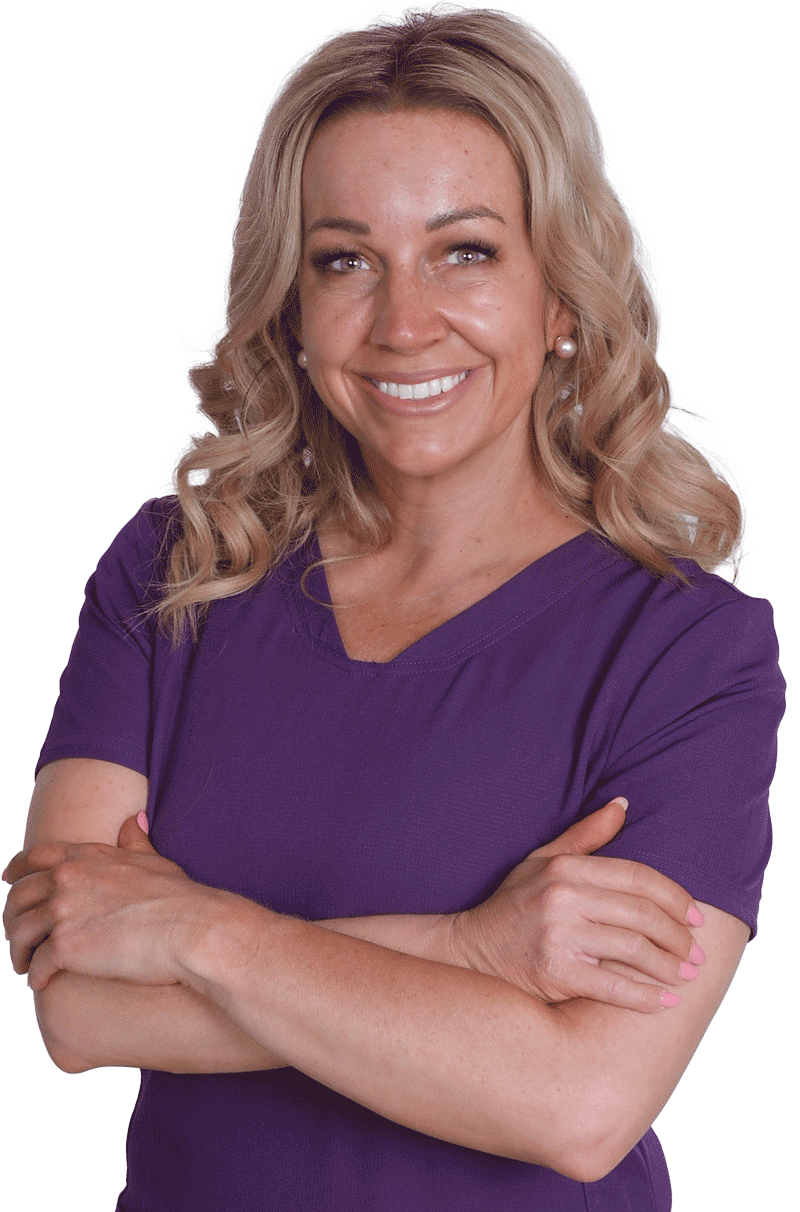Swallowing disorders, known as dysphagia, can significantly impact an individual’s daily life. From difficulty eating and drinking to increased risk of aspiration pneumonia, dysphagia a variety of challenges.
One emerging and effective therapy for improving swallowing function is neuromuscular electrical stimulation (NMES).
Understanding Swallowing Disorders:
Dysphagia can occur due to various reasons, such as neurological conditions, muscle weakness, or structural abnormalities. The symptoms of dysphagia include coughing or choking during meals, difficulty swallowing certain food textures, and unintentional weight loss. If left untreated, dysphagia can lead to malnutrition, dehydration, and reduced quality of life.
An Introduction to Neuromuscular Electrical Stimulation (NMES):
NMES therapy involves the use of low-level electrical currents to stimulate the targeted muscles involved in swallowing. By activating these muscles, NMES helps to strengthen and coordinate the swallowing process. The electrical stimulation also promotes neural plasticity, facilitating the relearning of proper swallowing patterns.
The Role of Speech-Language Pathologists (SLPs) in NMES Therapy:
SLPs play a crucial role in the diagnosis and treatment of dysphagia. They utilize various assessment methods, including videofluoroscopic swallow studies and fiberoptic endoscopic evaluation of swallowing, to evaluate swallowing function. With their expertise, SLPs can determine whether NMES therapy is suitable for a particular patient and tailor treatment plans accordingly.
NMES Techniques for Enhancing Swallowing Function:
During NMES therapy, a Speech Therapist certified in NMES places electrodes on specific muscles involved in swallowing. These electrodes deliver electrical currents that contract and stimulate the targeted muscles. SLPs guide patients through exercises and protocols designed to strengthen swallowing muscles and improve coordination. The therapy helps individuals regain control over their swallowing function and reduces the risk of aspiration.
Case Studies and Success Stories:
Real-life examples highlight the effectiveness of NMES therapy in improving swallowing function. Many patients with dysphagia resulting from a stroke have experienced significant improvements in swallowing ability after incorporating NMES into their treatment plan. Parkinson’s disease is another major cause of dysphagia; a number of individuals with Parkinson’s have seen improvement in their swallow function following NMES treatment.
Considerations and Precautions:
While NMES therapy has shown promising results, it is essential to consider patient selection criteria and potential risks. SLPs carefully evaluate patients to ensure they are suitable candidates for NMES. Additionally, certain medical conditions, such as pacemakers or active cancer treatment, may require precautions or contraindicate the use of NMES. Collaborating with a healthcare team is crucial to ensure safe and effective NMES therapy.
Conclusion:
Neuromuscular electrical stimulation (NMES) therapy offers a valuable approach to enhance swallowing function in individuals with dysphagia. By incorporating NMES into comprehensive treatment plans, speech-language pathologists (SLPs) can help patients regain control over their swallowing abilities and improve their quality of life. If you or someone you know is struggling with dysphagia, let’s chat about the plausibility of NMES therapy. Don’t let swallowing difficulties limit your enjoyment of meals and overall well-being!


